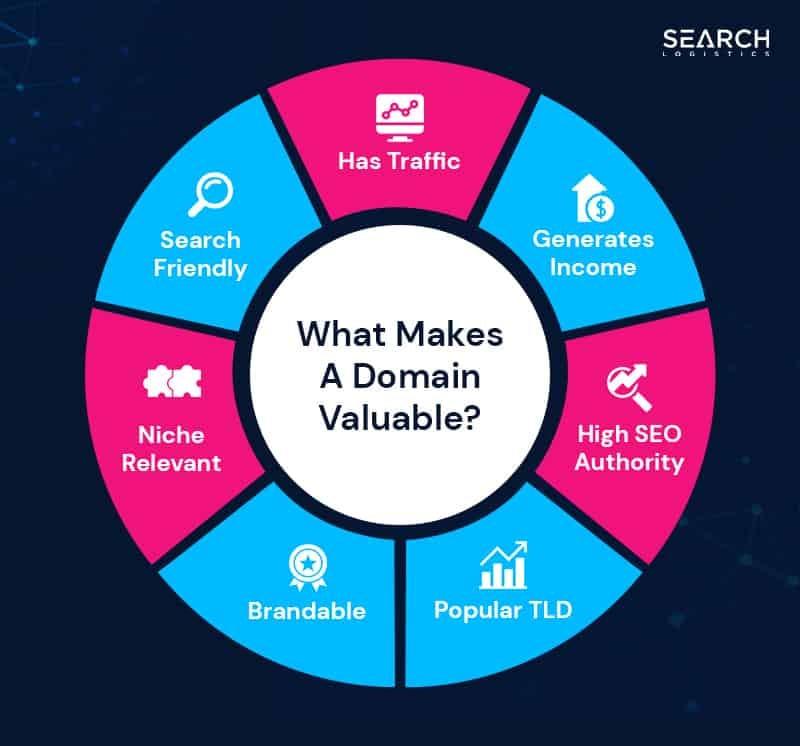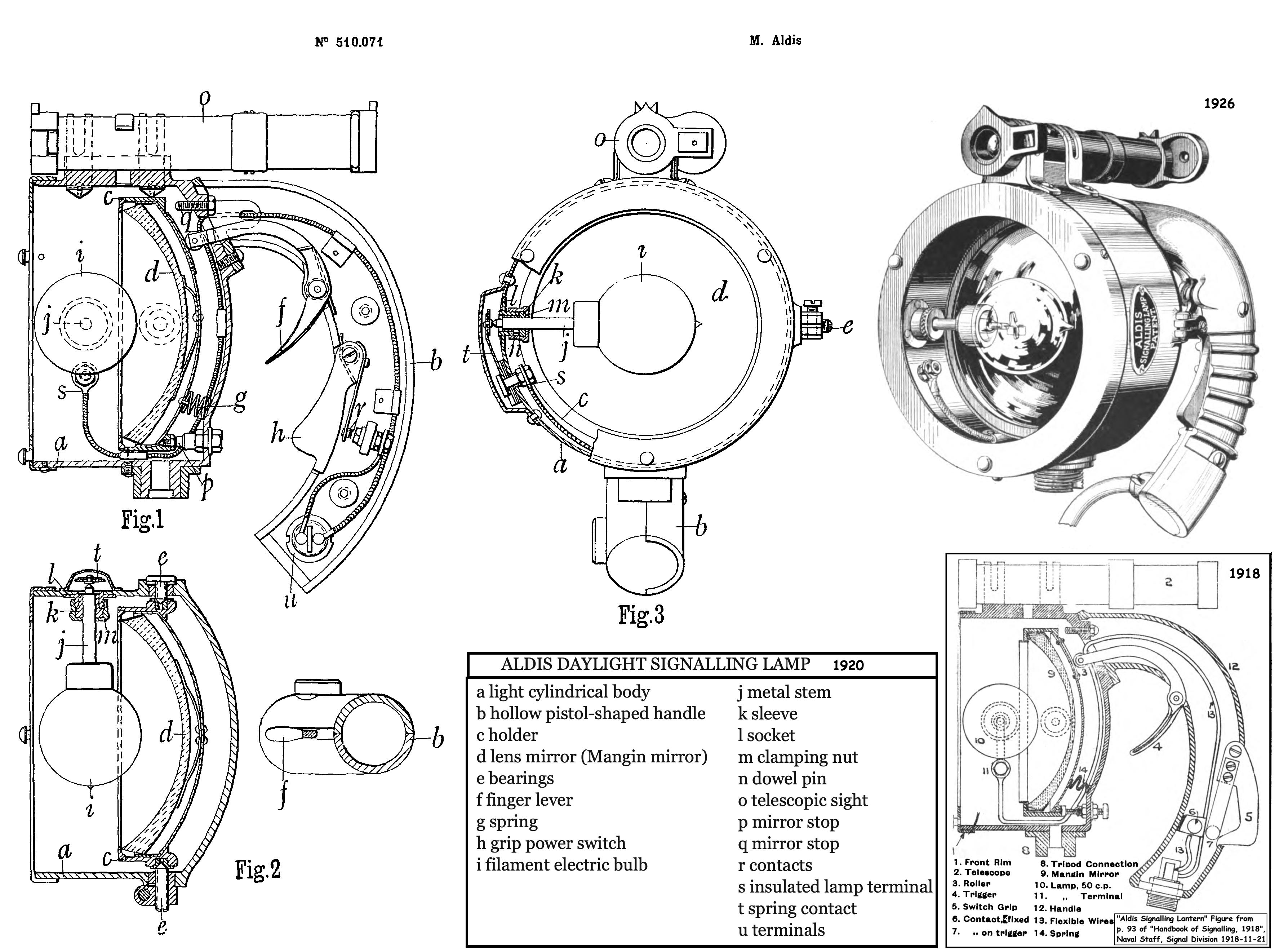Table of Contents
- Understanding the Domain Flipping Landscape
- Key Factors for Evaluating Profitable Domain Names
- Strategies for Successful Domain Acquisition
- Maximizing Value Through Effective Marketing
- Navigating Legal Considerations in Domain Transactions
- Q&A
- Key Takeaways


Understanding the Domain Flipping Landscape
In the dynamic world of online business, acquiring and selling domain names has emerged as a lucrative endeavor, attracting both seasoned investors and newcomers alike. Domain flipping involves purchasing domains with the intention of selling them at a profit. The key to success in this arena lies in a thorough understanding of market trends, buyer behaviors, and strategic negotiations. It’s not merely about securing a catchy name; it requires foresight about upcoming trends and potential demands.
One of the critical aspects to consider when diving into this space is identifying premium domains. These are often short, memorable, and keyword-rich domains that can drive significant traffic and brand recognition. Some profitable domain characteristics include:
- Length: Shorter domains tend to perform better due to ease of recall.
- Keywords: Domains that include popular search terms can enhance visibility.
- Brandability: A name that’s easy to spell and pronounce is more likely to attract buyers.
While the potential for profits is motivating, it’s essential to approach domain flipping with a clear strategy. Conducting extensive research before purchasing domains helps to mitigate risks and maximize returns. Here’s a simple comparison table showcasing different purchase strategies:
| Strategy | Pros | Cons |
|---|---|---|
| Buying Established Domains | Inherently greater traffic | Higher initial investment |
| Purchasing New Expired Domains | Lower cost, good potential | Uncertain prior reputation |
| Hand-Registering | Cost-effective | High competition for desirable names |
Ultimately, becoming proficient in domain flipping requires a combination of creativity, market knowledge, and strategic planning. Embracing these elements equips entrepreneurs to navigate the complexities of domain acquisition and reselling, setting the foundation for a potentially thriving business venture.


Key Factors for Evaluating Profitable Domain Names
When diving into the world of domain flipping, several critical factors can significantly influence the profitability of a domain name. Length is one such element; shorter domain names tend to be easier to remember and type, making them highly desirable. Additionally, the overall memorability of the domain plays a crucial role; catchy, unique names that resonate with the target audience usually command higher prices in the resale market. Consider the following aspects:
- Brandability: Does the domain sound like a brand? A name that can easily be associated with a business idea is more valuable.
- Keyword Relevance: Domains that include popular keywords regarding niche topics can attract organic traffic and are therefore lucrative.
- Extension Type: While .com domains are still the gold standard, other extensions like .net or .co can also be profitable depending on the context.
Another essential factor is the market trends associated with a domain name. An in-depth understanding of current and emerging trends in various industries can offer insights into which domains are likely to appreciate in value. Assessing the historical sales data for similar domains can help set expectations for potential ROI. Here’s a simple table showcasing recent domain sales to illustrate this:
| Domain Name | Sale Price | Year Sold |
|---|---|---|
| GreatGadgets.com | $300,000 | 2023 |
| EcoFriendlyLiving.com | $150,000 | 2022 |
| TechSavvy.org | $75,000 | 2021 |
Lastly, the domain’s age and history cannot be overlooked. Older domains may carry more authority and trust from search engines, providing an edge in SEO rankings. Verify the history through domain registrars to ensure that the domain hasn’t been associated with spammy content before. Fully understanding these factors ensures you’re making informed choices about which domains hold the best potential for future profits.


Strategies for Successful Domain Acquisition
To navigate the world of domain acquisition successfully, the first step involves meticulous research. Understanding current market trends is essential, as it allows you to identify valuable domains that have the potential to appreciate over time. Use tools like Google Trends and keyword planners to gauge the popularity of certain terms. Additionally, competitor analysis can provide insights into what domains are in demand or are currently being utilized effectively in your niche. Engage with domain auction platforms and curated listings to spot underpriced assets.
Once you have identified promising domains, it’s time to consider your negotiation tactics. Approach sellers with a clear strategy that not only showcases your interest but also demonstrates the potential value of the domain in question. Building a rapport can often open the door to better deals. Ensure to have a price range in mind, but be prepared to discuss additional factors, such as the domain’s traffic history or SEO potential, which may justify a higher investment. A transparent communication style can lead to mutual understanding and a successful transaction.
After successfully acquiring a domain, strategically plan its development and marketing. Consider what will make the domain appealing to potential buyers. Investing in a simple yet effective website or creating high-quality content relevant to the domain’s theme can significantly enhance its value. Implement best practices in SEO to ensure that your domain not only attracts visitors but also retains them. Here’s a brief table summarizing key strategies for maximizing your domain investment:
| Strategy | Action Steps |
|---|---|
| Market Research | Identify trends and use analytics tools. |
| Negotiation | Set a clear price range and maintain open communication. |
| Development | Create informative content and optimize for SEO. |
Maximizing Value Through Effective Marketing
In the realm of domain flipping, effective marketing is crucial to ensure a lucrative return on investment. To elevate your domain’s visibility and attract the right buyers, it’s essential to adopt a multifaceted approach. Start by leveraging social media platforms to showcase your premium domains. Use eye-catching visuals and compelling descriptions to highlight the potential value of each domain. Engage with digital marketing communities and forums to build credibility and promote your listings organically.
Another key strategy is to implement search engine optimization (SEO) techniques to enhance your online presence. Focus on incorporating relevant keywords in your domain descriptions and marketing materials. This not only improves your chances of visibility in search results but also helps potential buyers find your domains more easily. Additionally, consider creating a dedicated blog or resource section on your website to share insights and tips about domain investing, thus positioning yourself as an industry expert.
email marketing can be a powerful tool in your domain-flipping arsenal. By building a targeted email list of interested buyers and investors, you can directly reach individuals who are keen on acquiring premium domains. Craft personalized emails that showcase your domains, highlighting their unique selling propositions and any upcoming promotions. Here’s a simple table to illustrate effective email marketing components:
| Marketing Component | Description | Benefit |
|---|---|---|
| Subject Line | Engaging and informative | Increases open rates |
| Content Personalization | Tailored messages for recipients | Enhances reader engagement |
| Call to Action | Clear instructions on next steps | Encourages conversions |
By incorporating these strategies, you can maximize the value of your domain portfolio and establish a solid reputation in the market. The more you refine your approach to marketing, the greater your chances of not just flipping domains, but achieving significant profit margins with each transaction.


Navigating Legal Considerations in Domain Transactions
Engaging in domain transactions isn’t just about securing an attractive URL; navigating the legal landscape is crucial to safeguard your investment and ensure compliance. First and foremost, due diligence is a necessary step in the process. This involves researching existing trademarks, copyrights, and previous ownership history to avoid legal complications down the line. A simple domain search can reveal if the name is associated with any active businesses or legal claims, potentially saving you from costly litigation.
Additionally, understanding the terms and conditions set forth by domain registrars is vital. Each registrar may have differing policies regarding ownership transfers, dispute resolution, and renewal fees. Being familiar with these conditions can aid in making informed decisions. For instance, certain domains may have restrictions based on regional laws or existing intellectual property rights. Here’s a quick reference to potential concerns:
| Legal Consideration | Description |
|---|---|
| Trademark Conflicts | Ensure the domain doesn’t infringe on existing trademarks. |
| Dispute Resolution | Familiarize yourself with the registrar’s procedures for disputes. |
| Transfer Fees | Be aware of any costs associated with transferring ownership. |
crafting well-defined contracts can protect both buyers and sellers during domain transactions. Clearly outlining the terms of sale, the agreed-upon price, and conditions for transfer can prevent misunderstandings and disputes. Incorporating clauses regarding liability limitations and dispute resolutions further strengthens the agreement. A legal expert specializing in domain law can offer invaluable assistance in drafting these documents to ensure they are enforceable and comprehensive.

